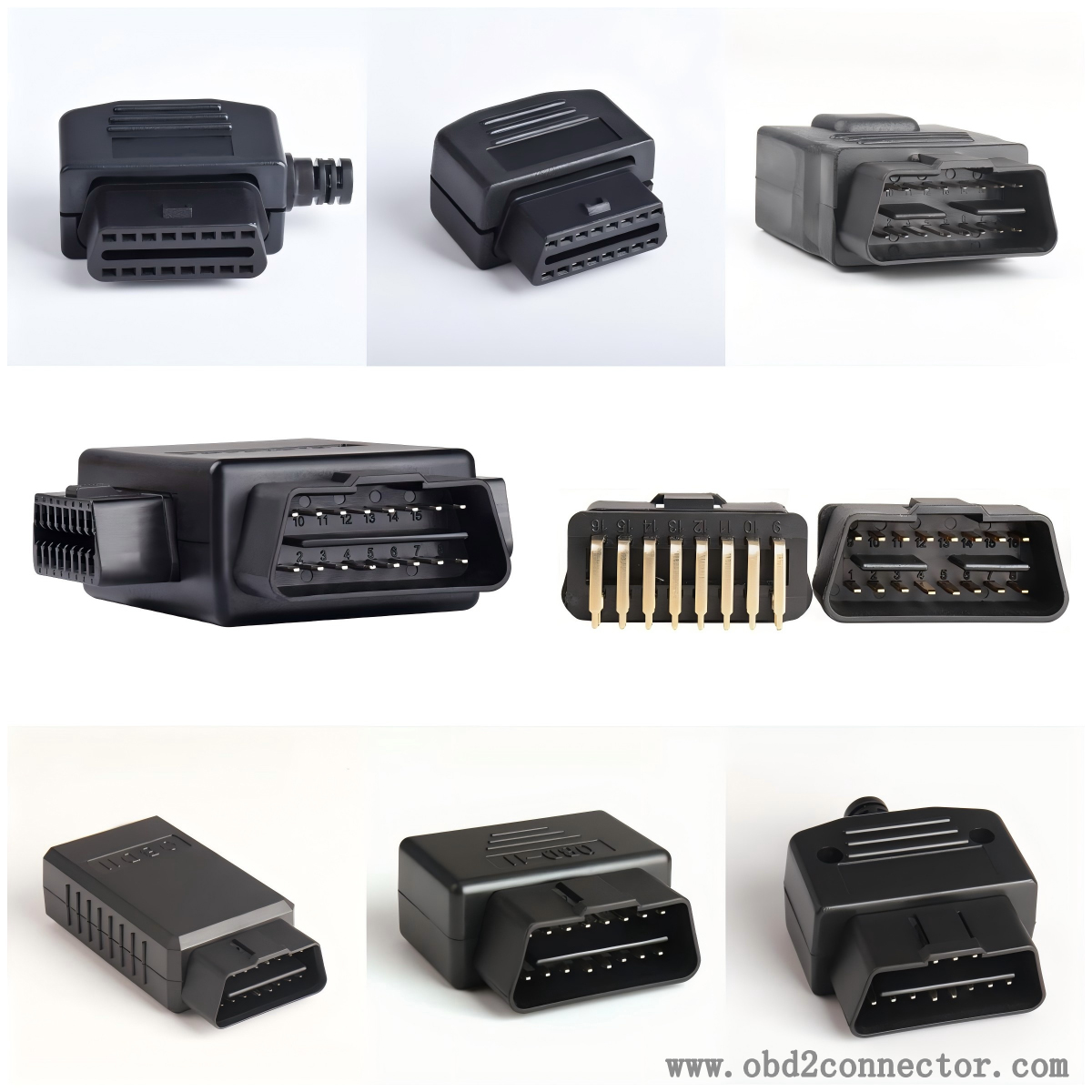What are the common causes of physical failures in OBD2 connectors?
1. Mechanical damage to the interface or plug
Pin bending/breakage:
Forcefully plugging and unplugging non-standard connectors (such as mismatched plug size or incorrect orientation) can cause deformation or breakage of the pins inside the interface (especially the 16 pin interface with fine pins).
Loose shell/stuck position failure:
Long term vibration (such as bumpy driving) can cause wear on the interface fixing buckle or cracking of the connector housing, resulting in poor contact (manifested as intermittent communication interruption).

Foreign object blockage:
Dust, water vapor, oil stains, or metal debris entering the interface can hinder pin contact (such as accidental spraying of water gun during car washing or spilled drinks inside the car).
2. Aging of cables and connectors
Wire harness wear/breakage:
The connector cable is subjected to long-term pulling and squeezing (such as crushing the wiring harness during seat adjustment), resulting in internal wire breakage or insulation layer damage, causing short circuits or open circuits.
Plug oxidation/corrosion:
In humid environments, the surface of the pins oxidizes (producing black oxide) or corrodes (such as electrolyte leakage at the contact interface), resulting in increased contact resistance and communication failure.